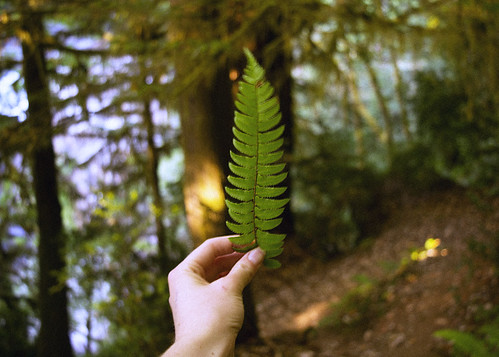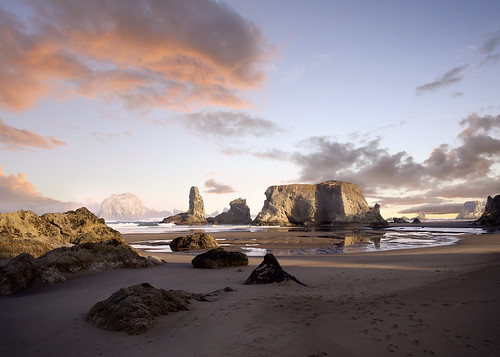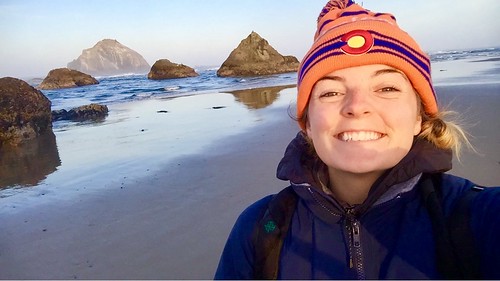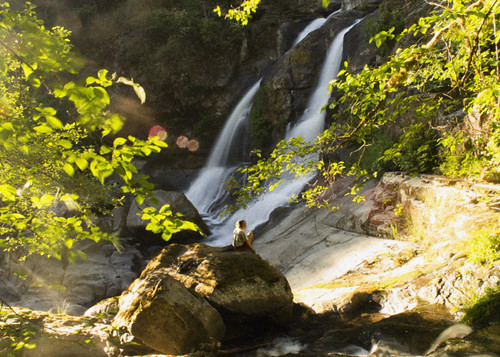My favorite part about my placement for this internship thus far has been its erratic nature. I mean this in the best way possible! No two weeks are the same ; my schedule is always changing, and with it my tasks (partially due to splitting my time between 2 mentors). This week held in store some challenging statistics work and a new survey for cockle clams in the South Slough Estuary.
I will spare my readers from going too far into detail on the stats stuff, but basically I have been asked by Scott (the ODFW shellfish biologist and pink shrimp fishery expert) to assess the current rule for how pink shrimp takes are measured by authorities, and to see if we can come up with a better system that requires less work to get the same value. This can be done using a power analysis, which determines the sample size necessary for your experiment. Generally, the greater the sample size the more statistical power. However, we want to avoid huge sample sizes because that requires time and resources. And there lies my chore- to find a happy medium that gets the job done better than the current, arbitrary rule (found here #635-005-0645- http://arcweb.sos.state.or.us/pages/rules/oars_600/oar_635/635_005.html ) .
For the cockle survey we set off as a crew of three (Joe, Liz [both ODFW employees], and myself), without the guidance of our trusted leader Scott, who was suffering from severe back pain. Though we were all first-timers to this particular survey, we had full confidence in our ability to run a smooth operation. The survey methods are fairly simple- 1. find your waypoint 2. lay down the 1 meter-by- meter quadrat and take note of the kind of substrate it is on 3. rake in one direction and pull out any cockle clams you unearth, then record that number 4. rake in the opposite direction and do the same. The reason for raking twice is to get a detection rate differential between the first and second swipe. It is almost always an 80% detection rate on the first swipe.
Minus one navigational hiccup, day 1 of the survey went without a hitch. I got to practice more of my GPS skills as I led the team from waypoint to waypoint (which I had generated on our maps using a GIS program- nbd), and soon we had completed nearly all of our 60-point goal. We would have gotten all of them too, if it hadn’t been for those meddling tides! We brought our bag-o-clams back to the lab to be weighed and measured and entered into the data base with the previous years’ data. This survey has been done for almost a decade and the goal is to compare the densities at two sites- one that is open to commercial cockle fishing (they’re often used for bait), and one that falls within the South Slough National Estuarine Reserve that is only lightly recreationally clammed.
The next few days were the same, with the only differences being that we were rejoined by Scott and that we started at the heavily fished site and then moved up to the less exploited site. The south slough was a beautiful work space, we only had to deal with a few sticky spots on the flats (my waders have never been so clean at the end of the day), and we were surrounded by wildlife. Joe, being the typical birder, has an exceptional eye and ear for birds and their calls and never fails to point one out for me. We saw a couple juvenile bald eagles fly right in front of us, and drove past some fat sunbathing seals in the boat. The beauty combined with some great senses of humor made the work go fast, even if we had a lot more clams to carry. It was a fun time.
On a more personal note (since I’ve gotten a few friends and family to read these things), I wanted to share that my time in Oregon has inspired the chef in me. My meals are still mediocre at best, but I really enjoy cooking for myself, especially after years of being stuck on a meal plan. I’ve found joy in planning my meals ahead and making a fine tuned list for the grocery store (which totally helps with budgeting). I’ve been incorporating so many veggies into classically easy college kid foods- like eggs and pasta- yummy and healthy. I’ve made several calls home to my mom along the way to ask some pretty basic food prep questions, and she’s been very helpful. It’s a process, but you gotta start somewhere. Pictured below is a meal I made a couple nights ago- garlic, onion, zucchini, and broccoli with parmesan and alfredo sauce over whole wheat shells.
Cheers,
Katie










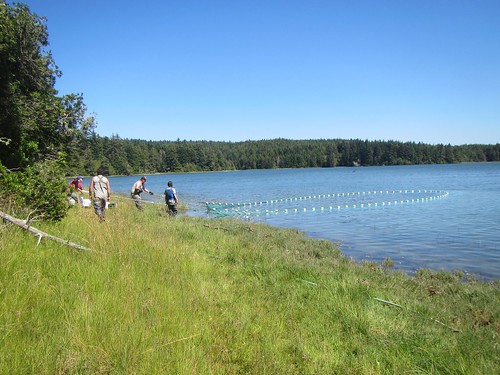



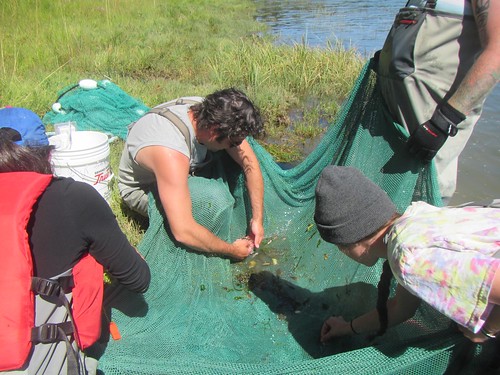








 far, we have found: the feisty Dungeness crab, the “always looks kind of dead” shiner perch, the slimy gunnel, the abundant stickleback, the English sole that looks like Flats the Flounder from SpongeBob, and my favorite the staghorn sculpin (the namesake of my favorite IPA). The days are long and tiring, but to me zooming around on a boat and tromping through mud all day feels doesn’t really feel like work.
far, we have found: the feisty Dungeness crab, the “always looks kind of dead” shiner perch, the slimy gunnel, the abundant stickleback, the English sole that looks like Flats the Flounder from SpongeBob, and my favorite the staghorn sculpin (the namesake of my favorite IPA). The days are long and tiring, but to me zooming around on a boat and tromping through mud all day feels doesn’t really feel like work.













